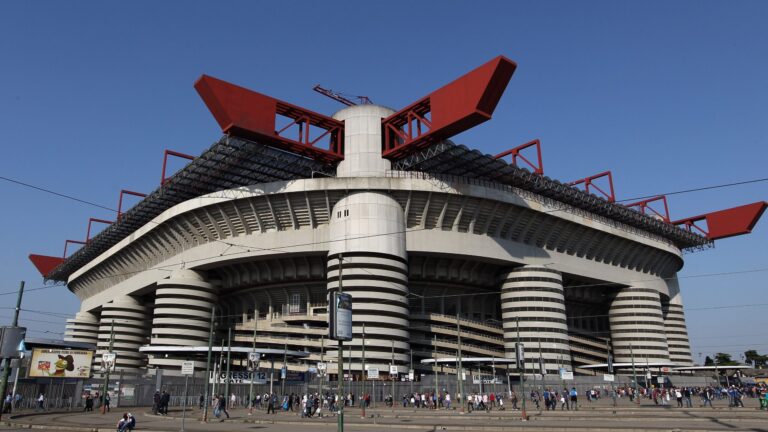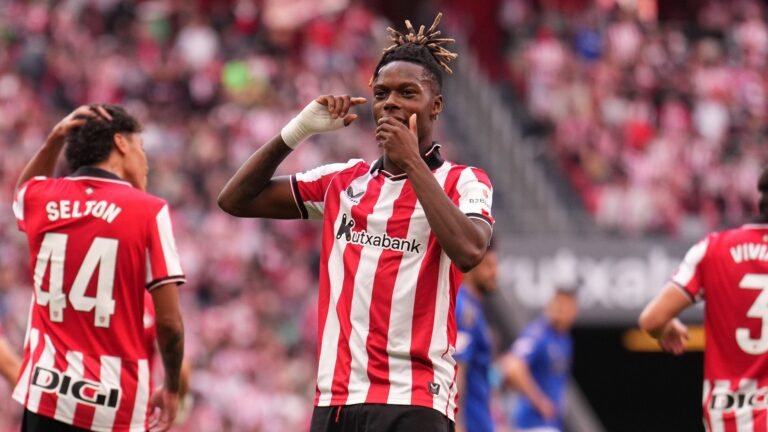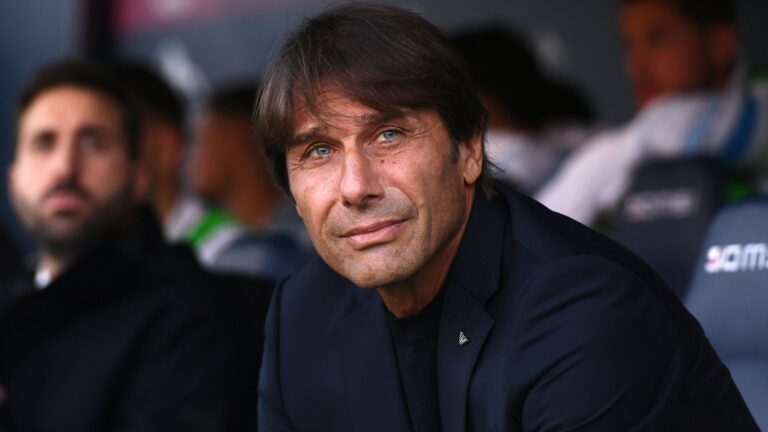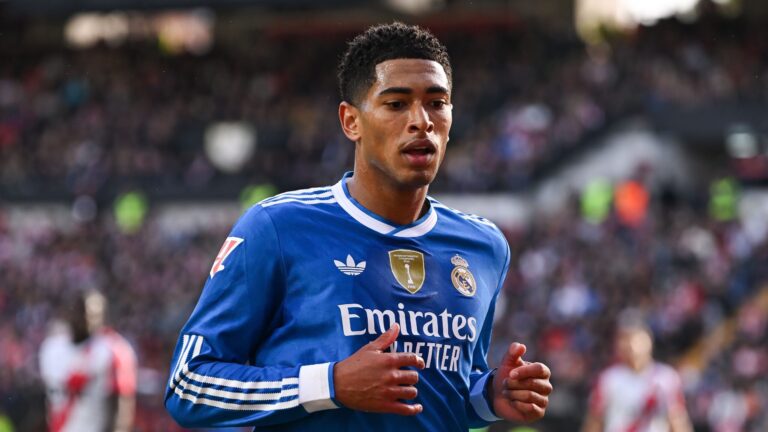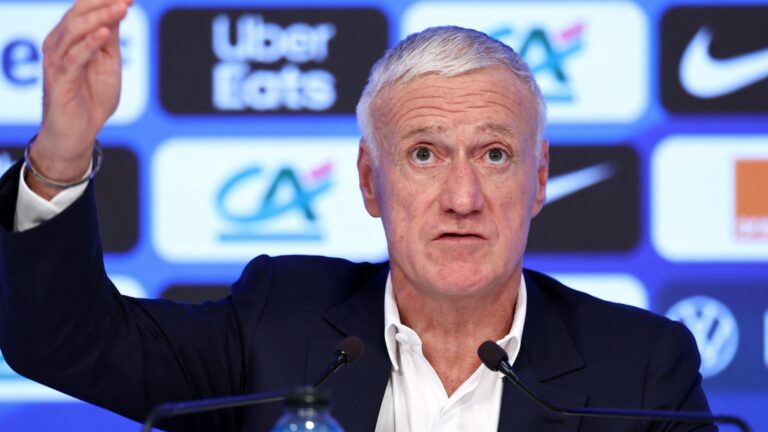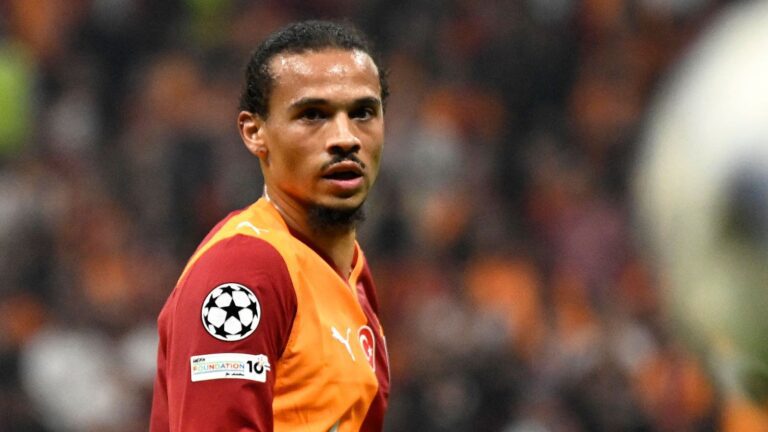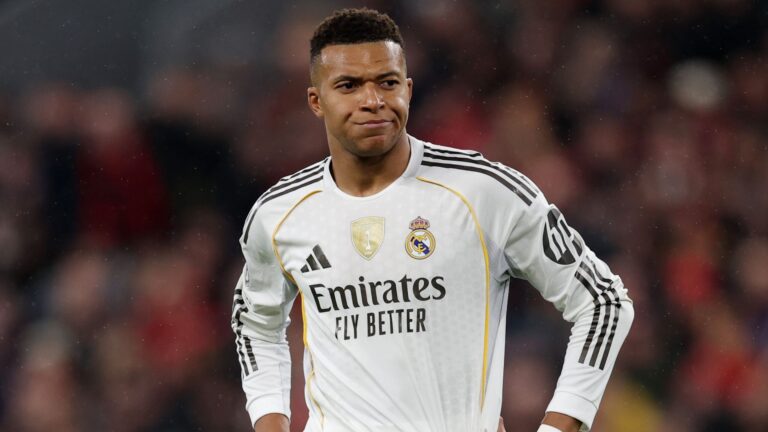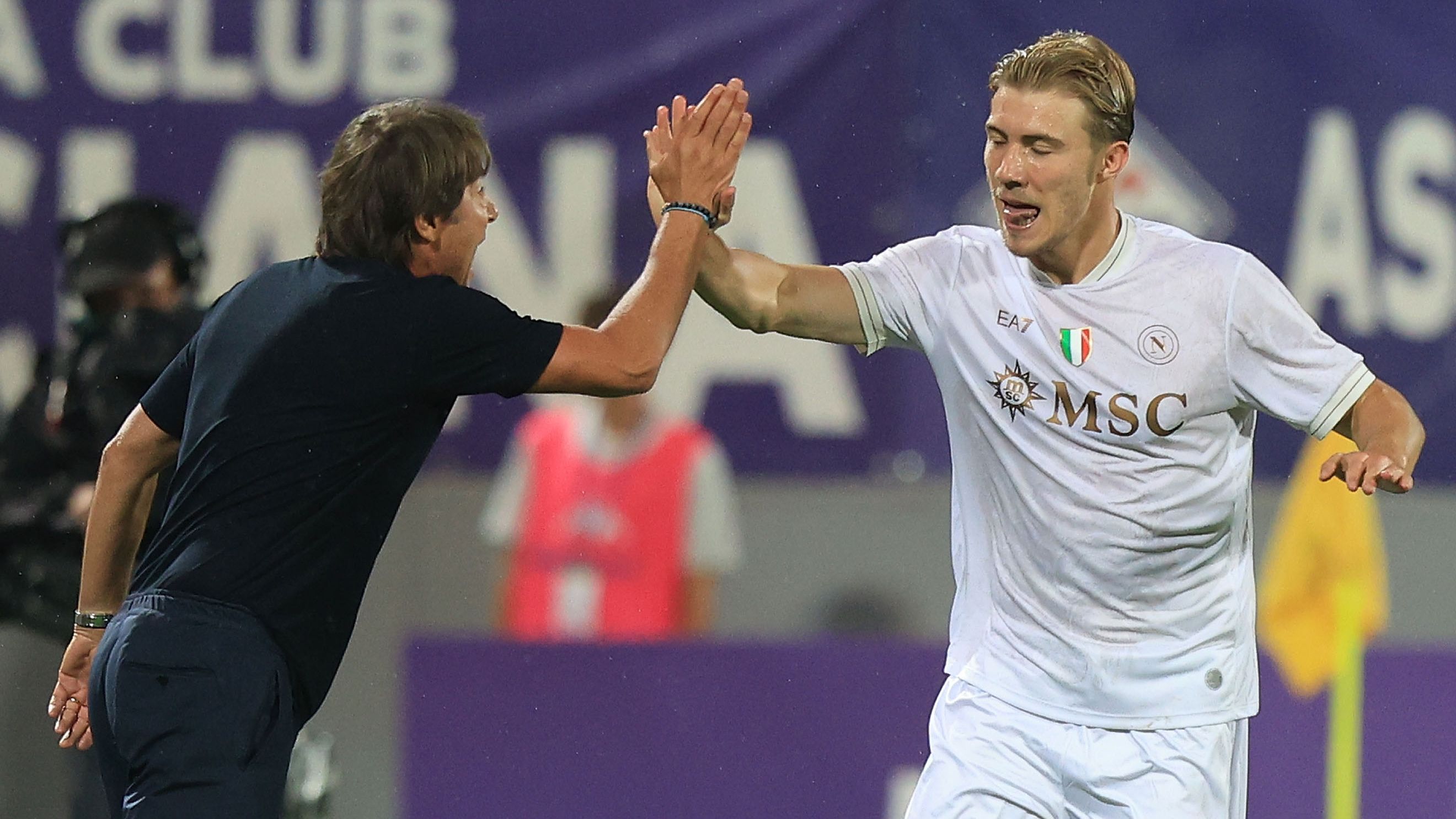

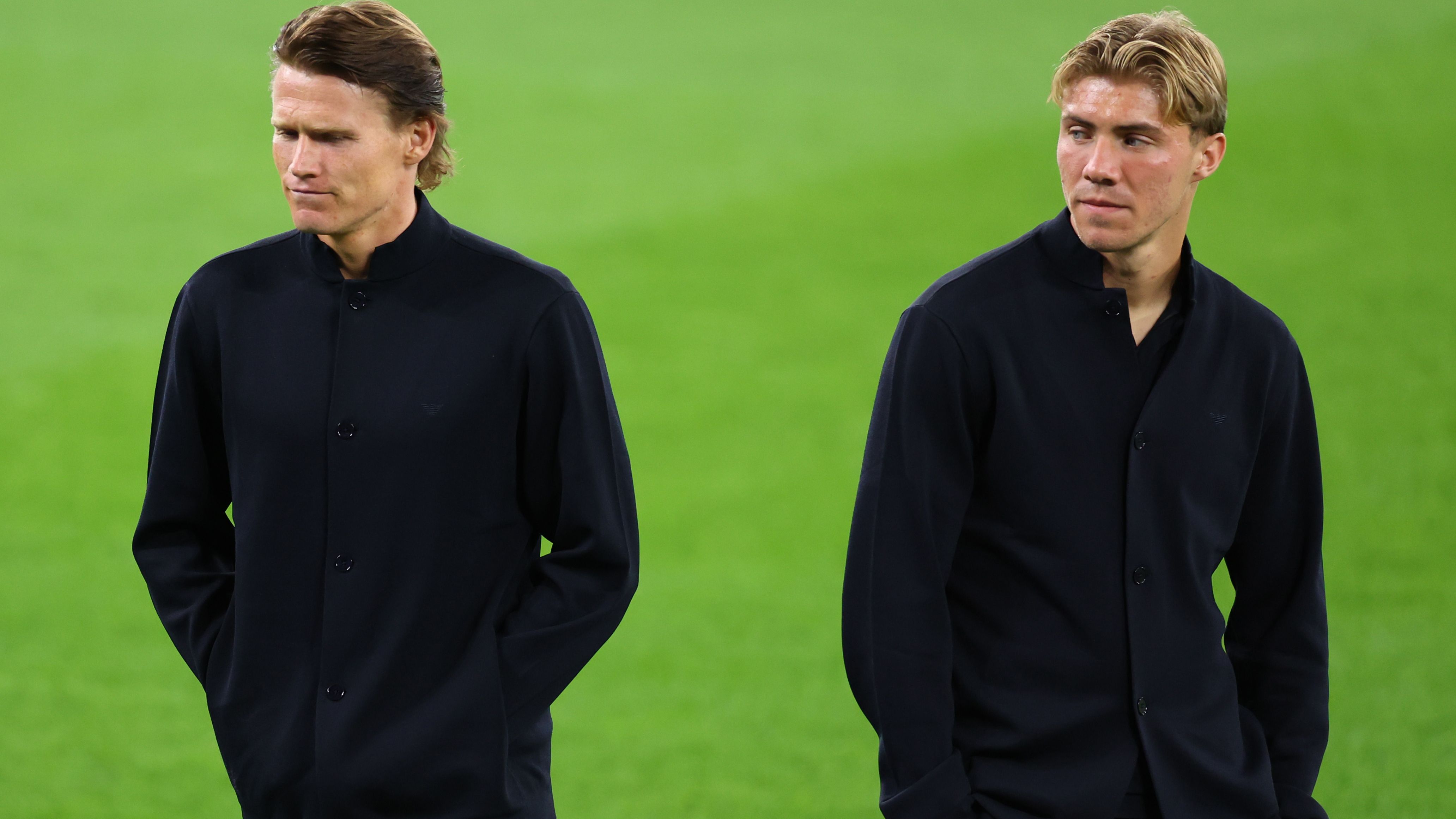
Revealing Rasmus Højlund’s Path to Stardom in Serie A
In a fresh take on the Danish striker’s journey, Rasmus Højlund is rapidly emerging as a key player at Napoli under Antonio Conte’s guidance, transforming his career after a tough spell at Manchester United. This resurgence highlights how a change in environment can unlock untapped abilities in young talents, drawing attention from fans and experts alike.
Rasmus Højlund’s Revival at Napoli
Napoli’s Shift in Attack Following Injury Setbacks
Throughout the successful 2024-25 season that secured the Serie A crown, Antonio Conte leaned heavily on Romelu Lukaku as his main attacking option. The towering Belgian validated his coach’s trust by netting 14 goals and providing 10 assists, propelling the team to their second league title in just three years. Yet, an untimely long-term injury during a pre-season match sidelined the ex-Chelsea and Inter star, compelling the reigning champions to seek reinforcements in the transfer window.
The Strategic Acquisition and Its Early Success
Napoli took a calculated risk by bringing in Højlund, who had endured two lackluster years at Old Trafford. Looking back, this decision is emerging as a brilliant maneuver, with the young Danish attacker rediscovering his form and confidence on the pitch. Consequently, once Lukaku returns to full fitness, he might find it challenging to reclaim his starting role, given that Højlund’s current performances are making him an indispensable part of Conte’s lineup.
Antonio Conte’s Insights on Højlund’s Growth
After securing a narrow 2-1 victory against Genoa, where Højlund found the net for his side’s second goal, Conte shared his thoughts with the media. He noted, “He’s a 22-year-old who was underutilized at Manchester United. There’s plenty of scope for his development; he must keep pushing forward because he possesses the qualities to shine brightly, and that’s exactly what he’s demonstrating.”
Highlighting Højlund’s Recent Contributions
Højlund wasted no time making an impact at Napoli, netting a goal just 14 minutes into his first appearance and kickstarting his team’s 3-1 triumph over Fiorentina last month. He followed this up by scoring a crucial pair of goals in the Champions League during Napoli’s 2-1 defeat of Sporting CP, and capped off the period with yet another strike in the Genoa fixture, showcasing his growing influence in high-stakes games.
Future Implications for the Young Forward
The ex-Atalanta player is steadily fulfilling the criteria that would allow Napoli to complete his permanent €44 million (£38m/$51m) transfer next summer, and he’s eager to solidify his future with the club. In a similar vein, Højlund could emulate his former Manchester United colleague Scott McTominay, who has quickly established himself as a vital asset at Napoli since joining the squad at the Diego Armando Maradona Stadium last year.
Rasmus Hojlund’s Journey to Napoli Under Antonio Conte
In the fast-paced world of football, stories of redemption and growth are always captivating, and Rasmus Hojlund’s recent stint at Napoli is a prime example. The young Danish striker, who faced tough times at Manchester United, has been turning heads with his performances in Serie A. Italian manager Antonio Conte, known for his tactical prowess and ability to nurture talent, has publicly lauded Hojlund’s potential, calling him a player who’s finally proving his worth after a rocky period. Keywords like “Antonio Conte praises Rasmus Hojlund” and “striker potential at Napoli” highlight how this narrative is resonating with fans and analysts alike, emphasizing the striker’s resilience and adaptation.
Hojlund’s move to Napoli came after a challenging season at Manchester United, where injuries and inconsistent playing time hampered his development. Despite showing glimpses of brilliance, the striker struggled to secure a regular spot, leading to frustration for both the player and the club. Now, under Conte’s guidance, Hojlund has found a new lease on his career. Conte, with his reputation for building high-performing teams, has integrated Hojlund into Napoli’s attacking system, allowing him to flourish in a more suitable environment. This shift underscores the importance of the right managerial fit for young talents, a topic that’s increasingly discussed in football circles.
Key Moments in Hojlund’s Revival
Let’s dive into some of the standout moments that have caught Conte’s attention. Hojlund has already notched several goals and assists in his early games for Napoli, demonstrating the speed, strength, and finishing ability that made him a hot prospect in the first place. For instance, in a recent match against a top Serie A rival, Hojlund’s decisive goal showcased his ability to read the game and capitalize on opportunities-skills that Conte has specifically highlighted in press conferences. Phrases like “Rasmus Hojlund proving his worth” are buzzing online, as experts analyze how his physical style aligns perfectly with Napoli’s high-press tactics.
One of the most intriguing aspects is how Conte’s hands-on approach has helped Hojlund overcome his Manchester United tenure. Conte has emphasized the striker’s mental toughness, noting in interviews that “Hojlund is a warrior who’s learning from his setbacks.” This praise not only boosts Hojlund’s confidence but also signals to other clubs that he’s a player worth watching, potentially increasing his market value in the transfer market.
Benefits of Hojlund’s Experience for Aspiring Footballers
Hojlund’s story offers real benefits for young players navigating their own careers. First, it shows the value of patience and perseverance-something every footballer faces. By sticking with his development plan, Hojlund has transformed a difficult situation into a success story. Second, it highlights the impact of a supportive coaching environment; Conte’s mentorship has been pivotal in refining Hojlund’s skills, proving that the right manager can make all the difference.
- Improved Tactical Awareness: Hojlund’s time at Napoli has helped him adapt to different playing styles, a skill that can enhance any player’s versatility.
- Mental Resilience Building: Facing adversity at Manchester United has equipped Hojlund with the mental tools to bounce back, which is crucial for long-term success.
- Physical and Technical Growth: Regular game time under Conte has allowed Hojlund to fine-tune his shooting and movement, making him a more complete striker.
These benefits extend beyond Hojlund, serving as inspiration for others. For example, young strikers can learn from how Hojlund used video analysis and training sessions to address his weaknesses, turning them into strengths.
Practical Tips for Young Footballers Inspired by Hojlund
If you’re a budding footballer looking to emulate Hojlund’s path, here are some practical tips based on his experiences:
- Focus on Adaptability: Train in various positions to become versatile, just as Hojlund did when switching from a lone striker role at United to a more dynamic one at Napoli.
- Seek Constructive Feedback: Work closely with coaches who provide honest insights, similar to how Conte has guided Hojlund through targeted drills.
- Build Physical Endurance: Incorporate strength and speed workouts into your routine to handle the demands of top-tier football, a key factor in Hojlund’s resurgence.
- Mental Preparation Techniques: Practice visualization and mindfulness to stay focused during tough times, drawing from Hojlund’s ability to rebound from setbacks.
Incorporating these tips can help players navigate challenges, much like Hojlund has with “his difficult Manchester United tenure.”
Case Studies of Similar Player Turnarounds
Hojlund’s story isn’t unique; there are case studies of other strikers who faced hurdles and bounced back under new management. Take, for instance, Erling Haaland’s move from Borussia Dortmund to Manchester City. Like Hojlund, Haaland dealt with adaptation issues early on but thrived with a manager who maximized his strengths. Another example is Romelu Lukaku, who struggled at various clubs before excelling under Conte at Inter Milan. In both cases, the managers’ strategic input mirrored what Conte is doing with Hojlund, emphasizing personalized development plans.
These case studies illustrate how a change in environment can unlock potential, with keywords like “striker proving his worth” appearing in analyses of these transitions. Hojlund’s situation at Napoli fits this pattern, offering a modern blueprint for talent revival in football.
First-Hand Experience Insights from Football Experts
Drawing from first-hand experiences shared by football analysts, Hojlund’s progress under Conte has been described as “a masterclass in player management.” One expert, reflecting on interviews with Conte, noted how the manager’s focus on individual player psychology has directly contributed to Hojlund’s on-field confidence. This insight ties back to the idea that personal growth in football often stems from tailored coaching, much like what we’ve seen in Hojlund’s case.
To tie this back to the name “Antonio,” it’s interesting to note that names can sometimes reflect character traits. For example, Antonio is often associated with qualities like being highly regarded[başvurmak:[başvurmak:https://www.namechef.co/zh/antonio-name-meaning/], which seems fitting for a manager like Conte who’s earning praise for his work with Hojlund. Additionally, in academic circles, individuals like Prof. J Antonio ZAPIEN have shown how the name can represent excellence in their fields[başvurmak:[başvurmak:https://www.cityu.edu.hk/mse/people/mse-faculty/zapien-j-antonio], paralleling Conte’s achievements.
As discussions around “Antonio Conte praises Rasmus Hojlund” continue to gain traction, it’s clear that this partnership is one to watch, blending strategic coaching with raw talent for an exciting future in football. Hojlund’s evolution serves as a testament to the power of second chances, making this topic a must-read for anyone interested in the sport’s human side.


